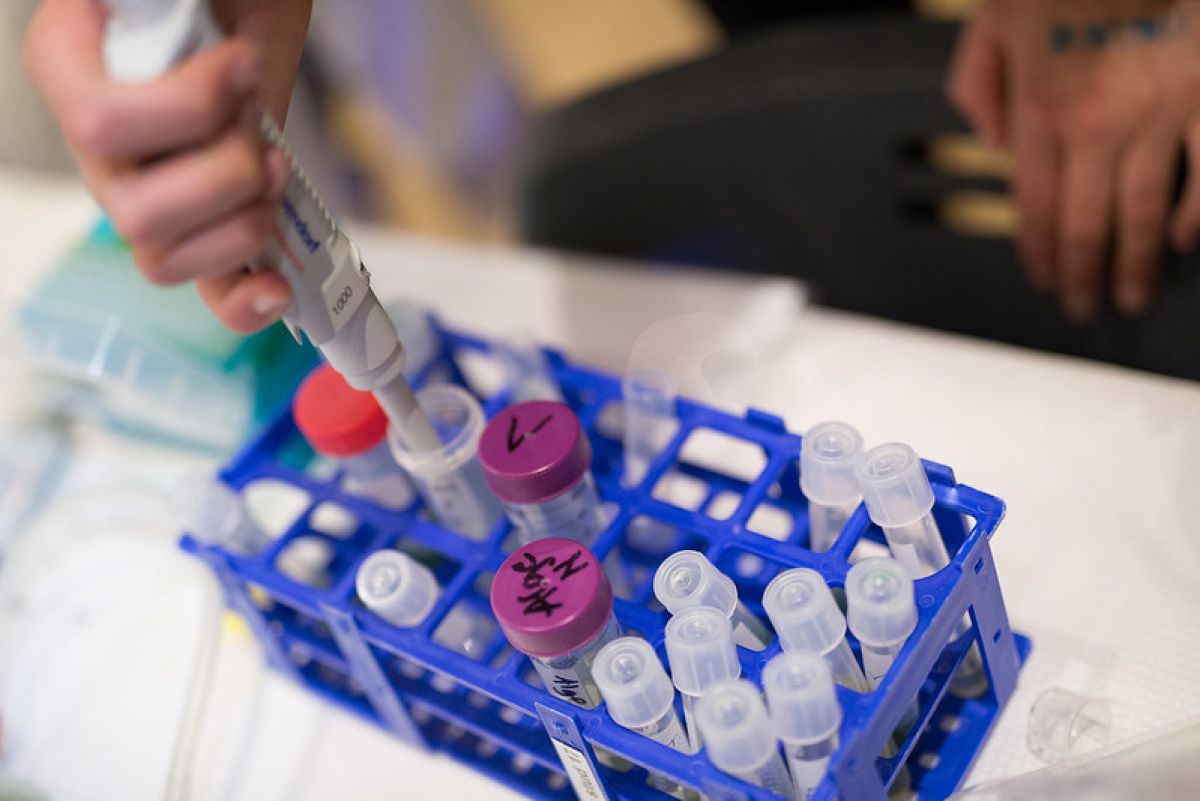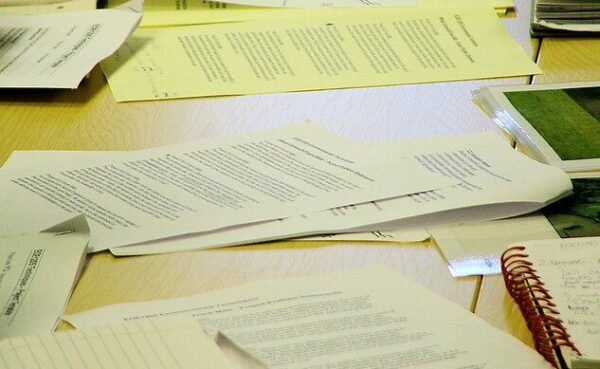Fake papers in research: When science lies

CORRECTION: This article was originally published stating Hindawi is a paper mill. This is incorrect. Hindawi published articles which were subsequently flagged as fraudulent; when alerted Hindawi removed the articles and have since committed to combating the issue of fraudulent academic papers. We apologise unreservedly for the error and wish to correct the record.
Pollution isn’t just in the air, it’s now in scientific journals too. 10,000 articles published last year were found to be fake and had to be retracted, more than ever before. A study by Nature found that 2% of the papers published in 2022 were fabricated, the vast majority of them medical and biological papers. This is equivalent to tens of thousands of papers in a year. If scientific “facts” have started to become fiction, how can we trust the promising new research that is published?
The cost of publishing papers
Capitalism has long been thought to have an impact on the integrity of scientific research but this article isn’t focused on infamous “big pharma”. Over the past few years, scientific journals and the companies that publish them have been making profit margins of approximately 40%. This margin is significantly greater than any other type of publishers and is on par with major tech companies. It seems hiding public research behind paywalls and charging universities extortionate amounts for access has proven to be part of a very successful business model. However, these methods have created a barrier. People cannot access most research without lots of money or an expensive university degree.
Scientific knowledge as a commodity
More recently, ‘open access‘ laws have allowed people to access articles for free. However, the authors or institutions involved in the research are charged large quantities of money to publish the paper. For many researchers, especially those who are younger or less supported, paying these charges is impossible and so they are prevented from sharing their research with the public or advancing their career among other scientists. These charges create a culture where both gaining knowledge and sharing it is a commodity, preventing equal access to knowledge – the perfect example of capitalistic success.

And the chase for profits in the academic publishing industry is only getting worse. In some countries scientists and publishers are now being encouraged, some might say bribed, by monetary rewards to produce as many articles as possible. The result of this pressure is fabricated experiments and results that get published in public journals. These counterfeit papers, often involving data with random genes or proteins, may be used in drug development, leading to inaccuracy within the process.
Spotting a fake
Fortunately, fake articles can often be distinguished by their strange use of vocabulary, flagging them for retraction. Hindawi, owned by Wiley, was an extreme case of research paper fraud having published around 8,000 papers which were subsequently retracted.
This trend of fabricating papers raises worries for the future. Further, so-called paper mills, companies which publish large quantities of fabricated papers for profit, remain hidden among the masses of scientific journals. Publishing more articles means more money for both the scientists (due to monetary incentives) and for publishers (increased profit). So what can mere moral integrity do to prevent this positive feedback cycle of economic reward?
Somewhat unsurprisingly, AI also rears its ugly head here. Whilst not the cause of fake publications, it can certainly speed up the process and provide companies with a quick, easy and potentially less detectable tool to further profit margins. Organisations are now being funded to tackle this issue, with some focussing on detecting AI-generated papers while others attempt to outwit the paper-milling industry. This provides hope for a more factual and trustworthy future of academic publishing but will be difficult to achieve.
As usual, the problem boils down to the question of what is considered most important: authentic scientific research or booming success for the businesses supposedly providing it. Unfortunately, money almost always wins out. So, slowly but surely, thousands of papers will continue to pollute the scientific research atmosphere.
A Wiley Spokesperson said: “We’re committed to ensuring the integrity and reliability of the research that we publish and have taken comprehensive actions to address the challenges posed by paper mills, which affect the entire industry, head-on. As part of this work, we identified hundreds of bad actors, present in our portfolio and others, some of whom held guest editorial roles, and removed them from our systems. Additionally, we invested in both human resources and technology to support the early identification of unethical publishing behavior, scaled up our research integrity team, strengthened our checks along the whole of the publication process, and developed an innovative approach to investigating and acting on publication manipulation at scale [wiley.com].”







